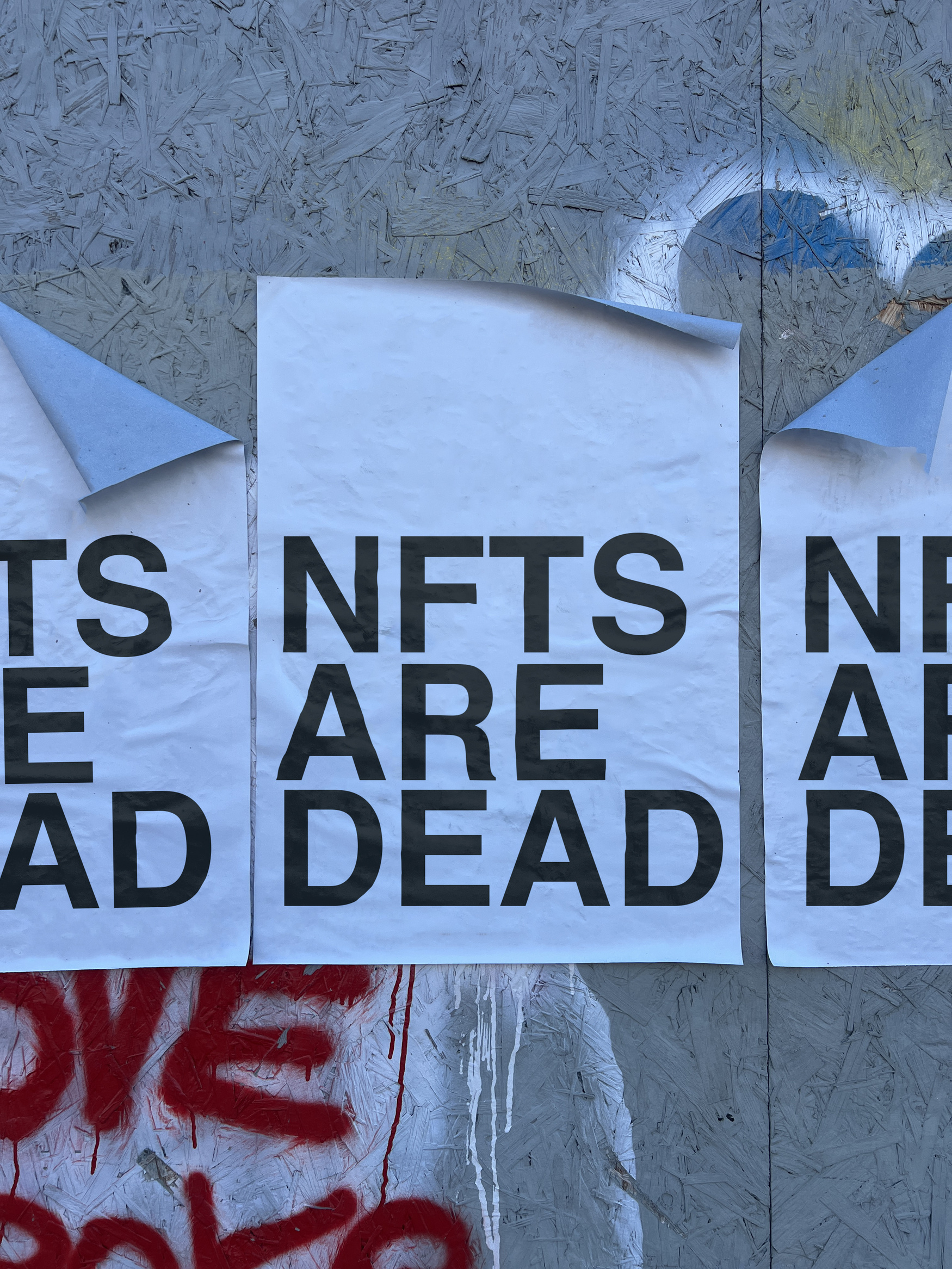PUBLIC INSTALL
A stark white surface, placed within the noise of the urban landscape. No images, no branding, just a phrase, suspended in space, waiting to be read.
The message is immediate, yet ambiguous. It doesn’t shout, it lingers. PUBLIC INSTALL is a series of urban interventions that uses bold, minimalist slogans to disrupt the everyday visual landscape and spark reflection on the state of our digital present. With phrases like “LIFE IN BETA” and “AI WILL SAVE THE WORLD”, the project moves fluidly between the physical and digital, between visual art and social critique, between the now and speculative futures. These installations, positioned in public spaces and marked by their stark, almost clinical aesthetic, don’t offer answers, they pose questions.
Their simplicity is deceptive: within each phrase lies a tension, a contradiction, an invitation to think more deeply.

“LIFE IN BETA” speaks to our ongoing state of transition, where we seem to live in a perpetual draft version of ourselves, a condition marked by instability, constant updates, and the illusion of progress. The phrase points to our growing disconnection from conscious presence, revealing how often we inhabit a space of anticipation, always waiting for a “final version” of life, identity, or purpose that never quite arrives, and perhaps never will.
Flowing naturally from this sense of suspension is “AI WILL SAVE THE WORLD”, a statement as full of hope as it is fraught with unease. While it appears to express unwavering faith in technology’s power to solve global crises, it also opens up deeper ethical and philosophical questions, what does it mean to entrust our fate to systems we don't fully understand? At what cost do we embrace this new form of salvation? In this context, AI becomes more than a tool; it’s framed as a redemptive force, asking us to consider how much of our agency we’re willing to surrender in the name of efficiency, certainty, or even survival.
This tension between faith and skepticism continues with “NFTs ARE DEAD”, a sharply ironic provocation that comments on the volatile nature of digital culture. Declaring the death of something so recently born feels intentionally absurd, yet it underscores how quickly we cycle through trends, how fast meaning is created, inflated, and discarded. Rather than a condemnation, the phrase acts as a mirror, reflecting our obsession with novelty and the fragility of perceived value in an ecosystem driven by hype and acceleration.
Emerging from this critique is “HUMANS”, a quiet yet powerful marker of presence, almost like a relic from a near or distant future.
In an environment increasingly shaped by algorithms, automation, and digital proxies, this single word takes on new weight. It raises essential questions: what does it mean to be human in a world where identity is data-driven, where selfhood is filtered through layers of code? What remains of our essence when so much of it is mediated, optimized, and outsourced?
Together, these works form a continuous thread of inquiry, weaving through themes of presence, agency, obsolescence, and identity. PUBLIC INSTALL is not a manifesto but an evolving dialogue—a conceptual space that reflects our complex relationship with technology and the structures shaping our lives. In an age that feels perpetually “in beta,” this series urges us to slow down, take notice, and reconsider not only where we’re going, but what it means to be here, now.


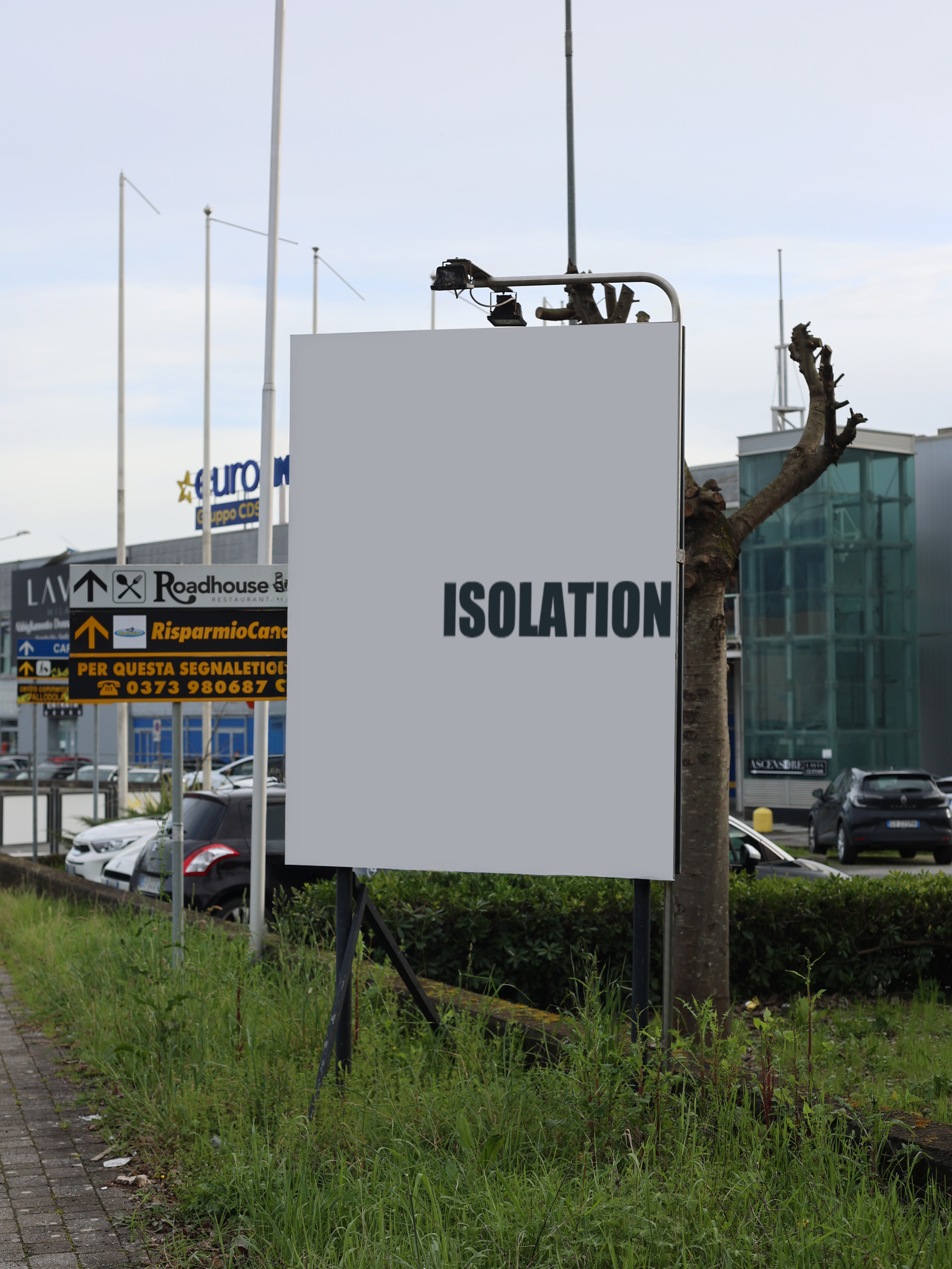


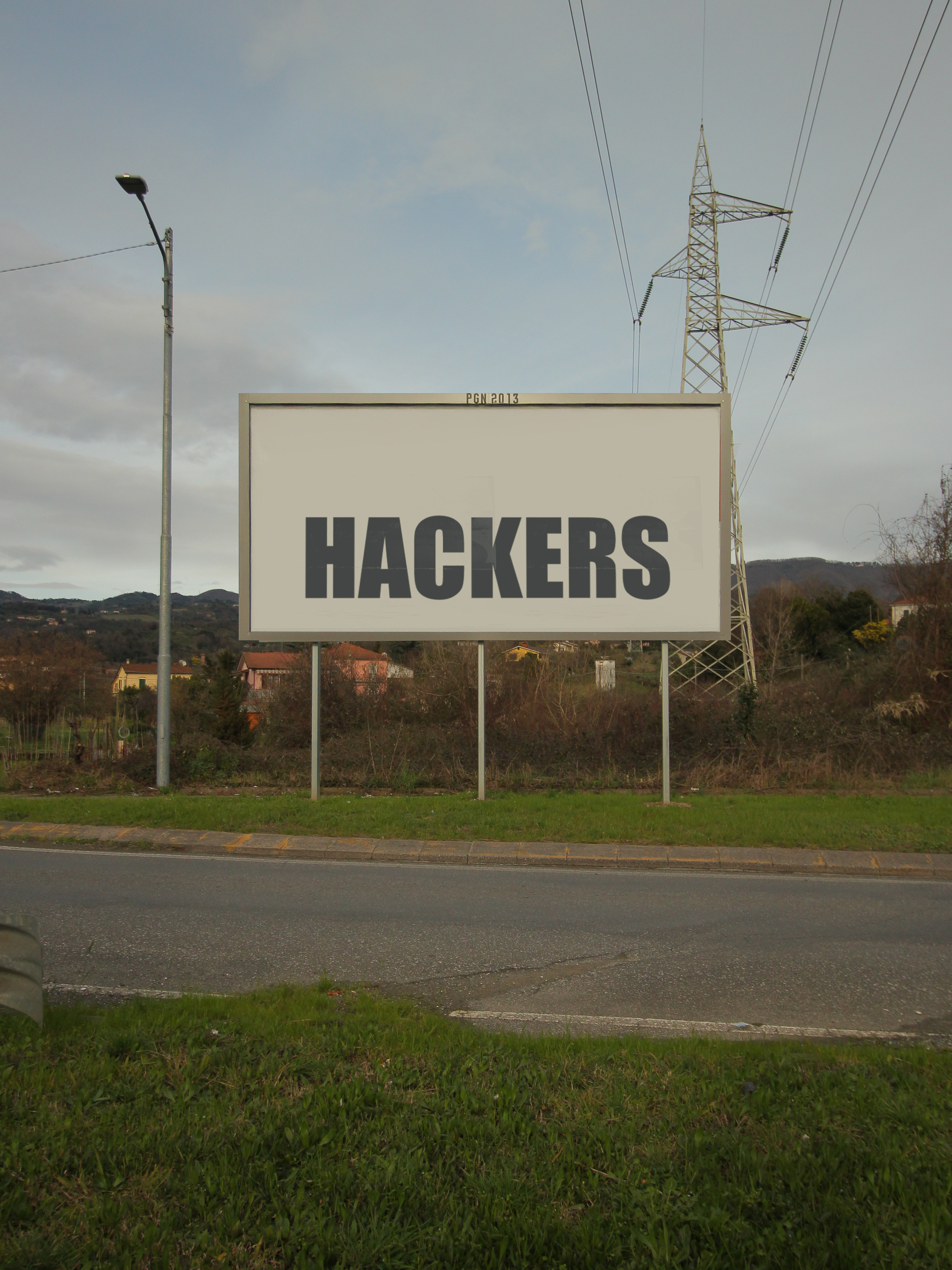




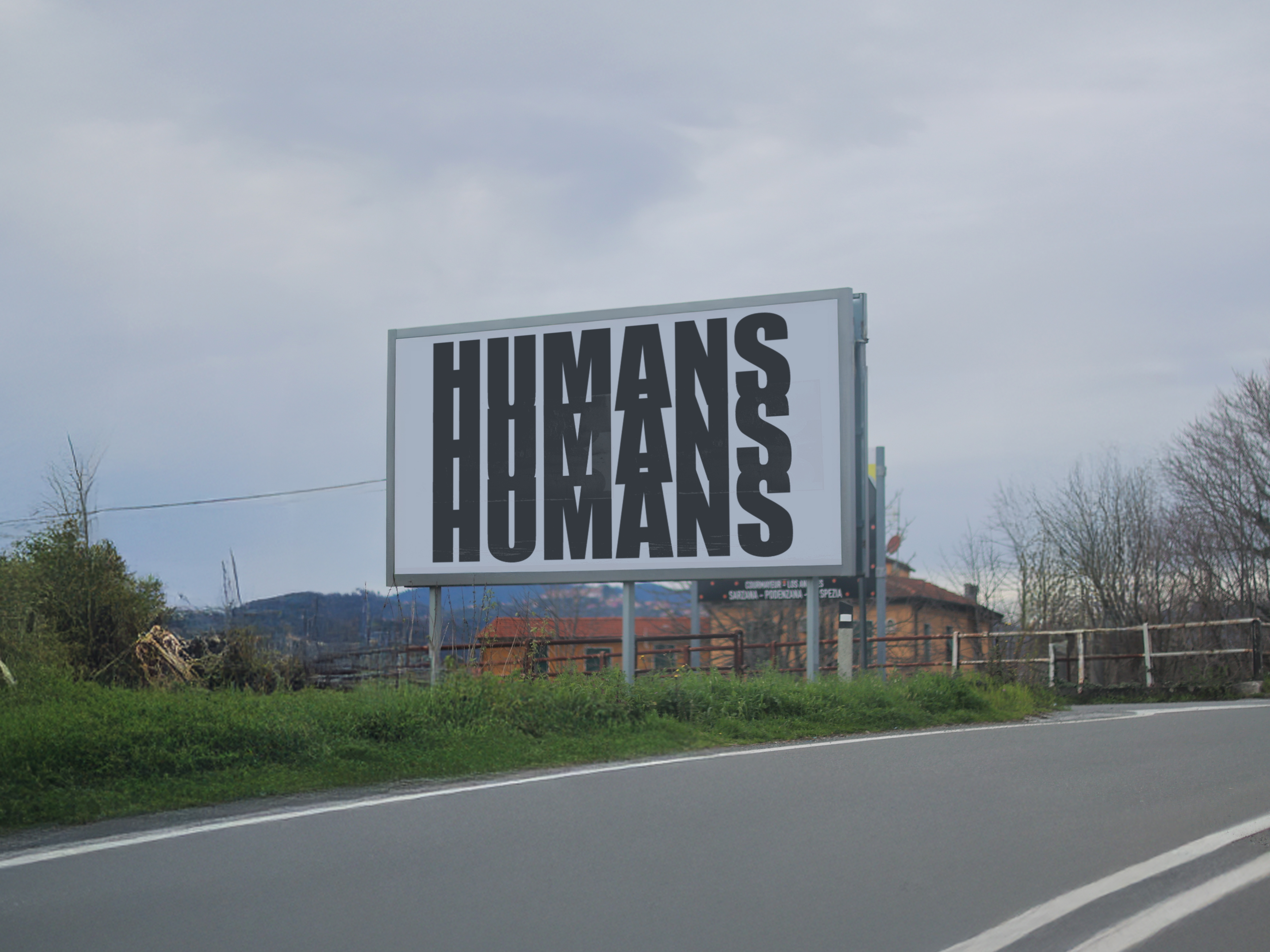




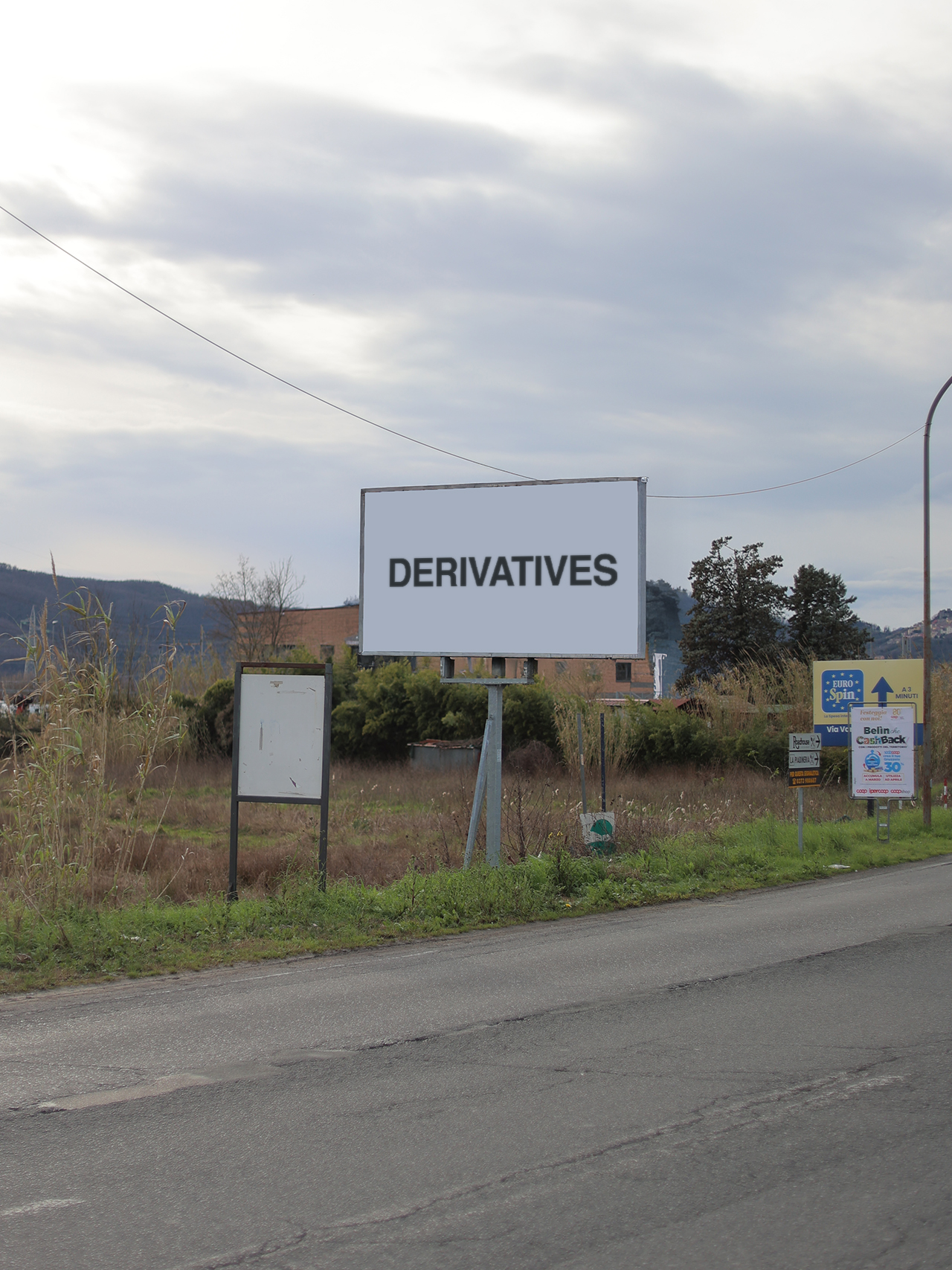
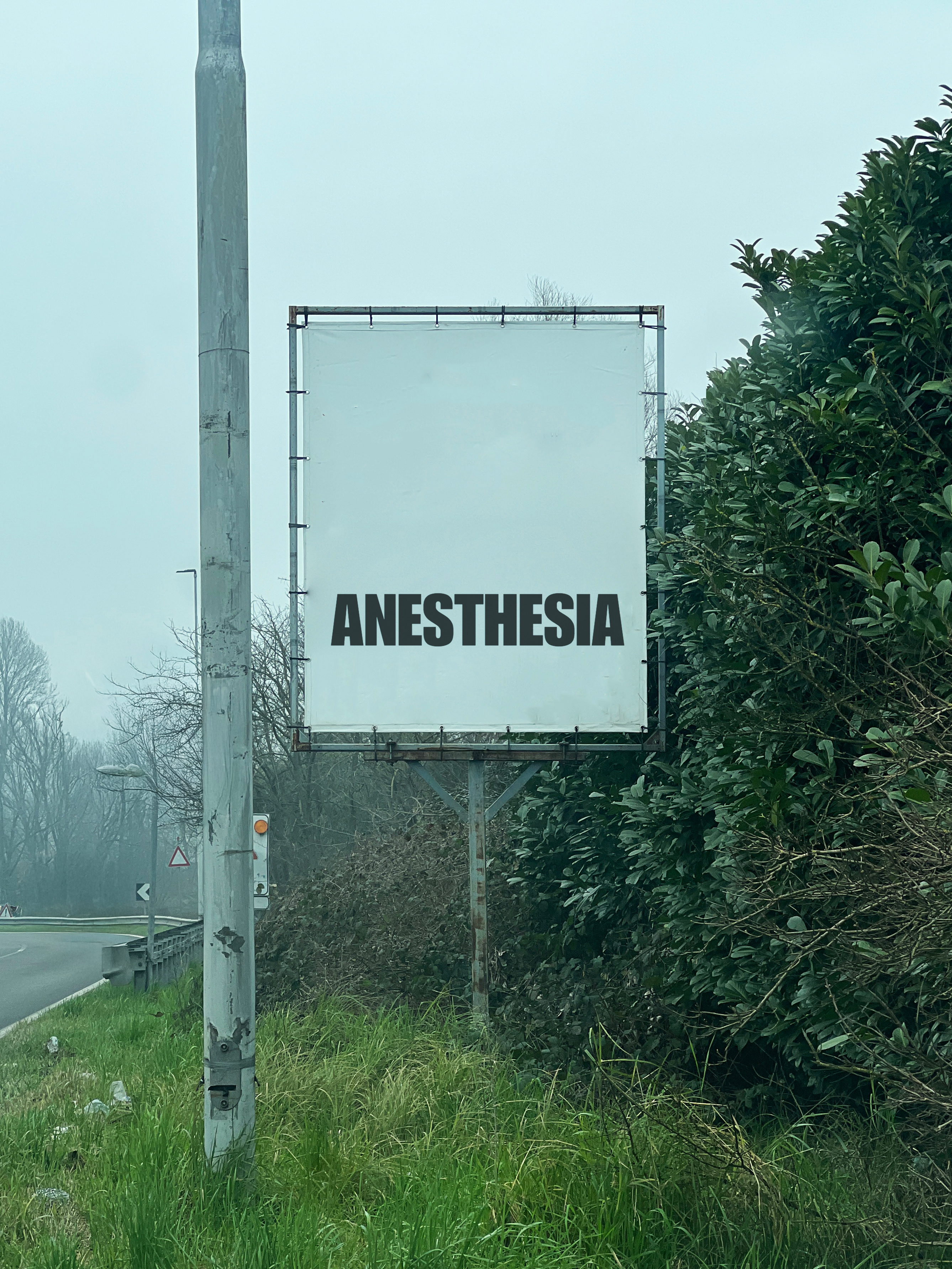
AI WILL SAVE THE WORLD
"AI WILL SAVE THE WORLD" represents the conceptual origin of all subsequent works in this series. It is from this initial piece that a structured reflection emerges on the role of artificial intelligence in contemporary society and its implications for humanity’s future.
The work is built around a clear and seemingly paradoxical statement, prompting a critical examination of the relationship between technology and collective destiny. Its minimal, almost clinical presentation is not decorative but intentional: it draws focus to the core idea, free from emotional or aesthetic distraction.
The use of the word “save” introduces a layer of logical tension: is it legitimate to assign redemptive power to tools created by humans? Can we truly entrust global crises to artificial systems without scrutinizing the consequences of such a delegation?
Though direct, this statement opens a complex field of ethical, philosophical, and political questions. Artificial intelligence is not treated here merely as a technological phenomenon, but as a symbolic and cultural construct. The work invites a critical assessment of both the potential and the limits of AI, encouraging a more conscious reconsideration of our relationship with it.

NFTS ARE DEAD
The statement "NFTs are dead," printed in large font, connects all the posted works belonging to this series. The declaration seems to create a contradiction, both linguistically and perceptually. While it suggests the end of a phenomenon that has only recently emerged, it also critiques the transient nature of digital trends, particularly in the realm of art. This contrast invites the viewer to engage in deeper reflection on the public’s perception of digital innovations, raising questions and issues related to the subject of the phrase. Rather than serving as a simple rejection, as it might initially appear, the statement encourages us to reconsider the meaning of the NFT phenomenon in a context where the boundaries between what is considered "alive" or "dead" are constantly being redefined. The statement plays on this tension, prompting viewers to reflect on the ongoing evolution of the medium in relation to its digital nature and its cultural impact.
The concept of this work was first introduced by Skygolpe during his solo show at FOUNDRY in Dubai, 15.11.23 / 07.01.24.
*all images: Installation view, public intervention and documentation, size, medium and locations, variable, 2024




